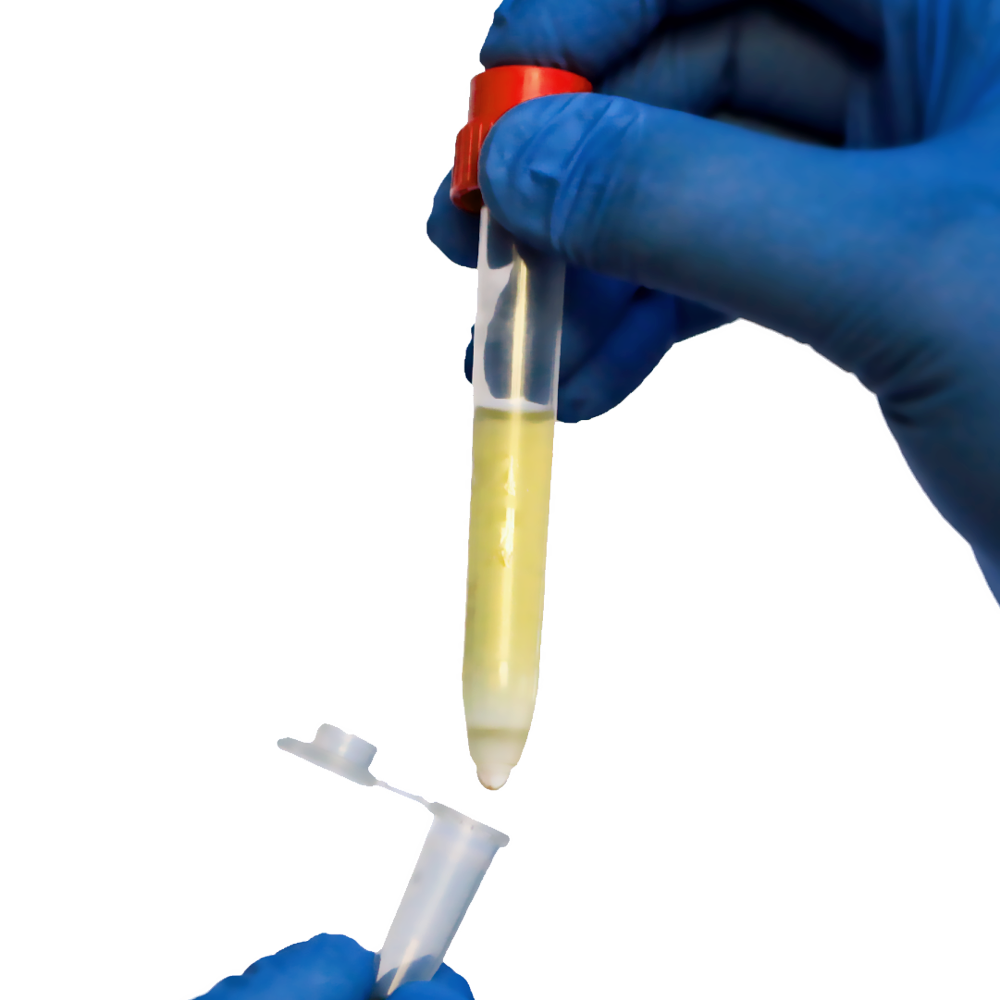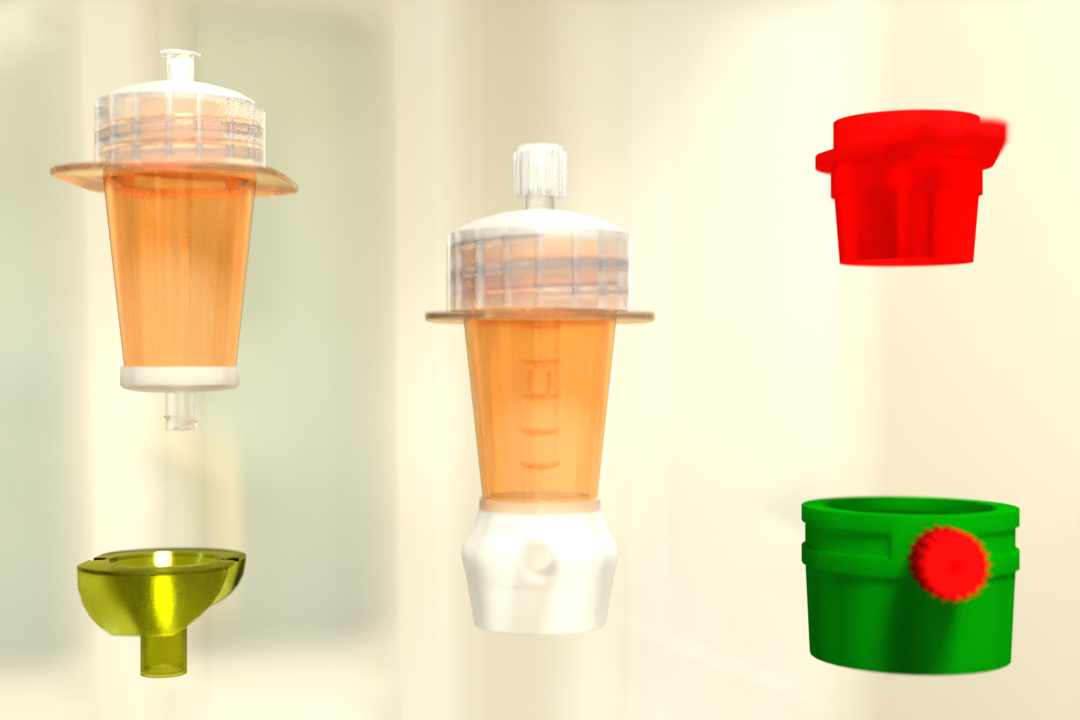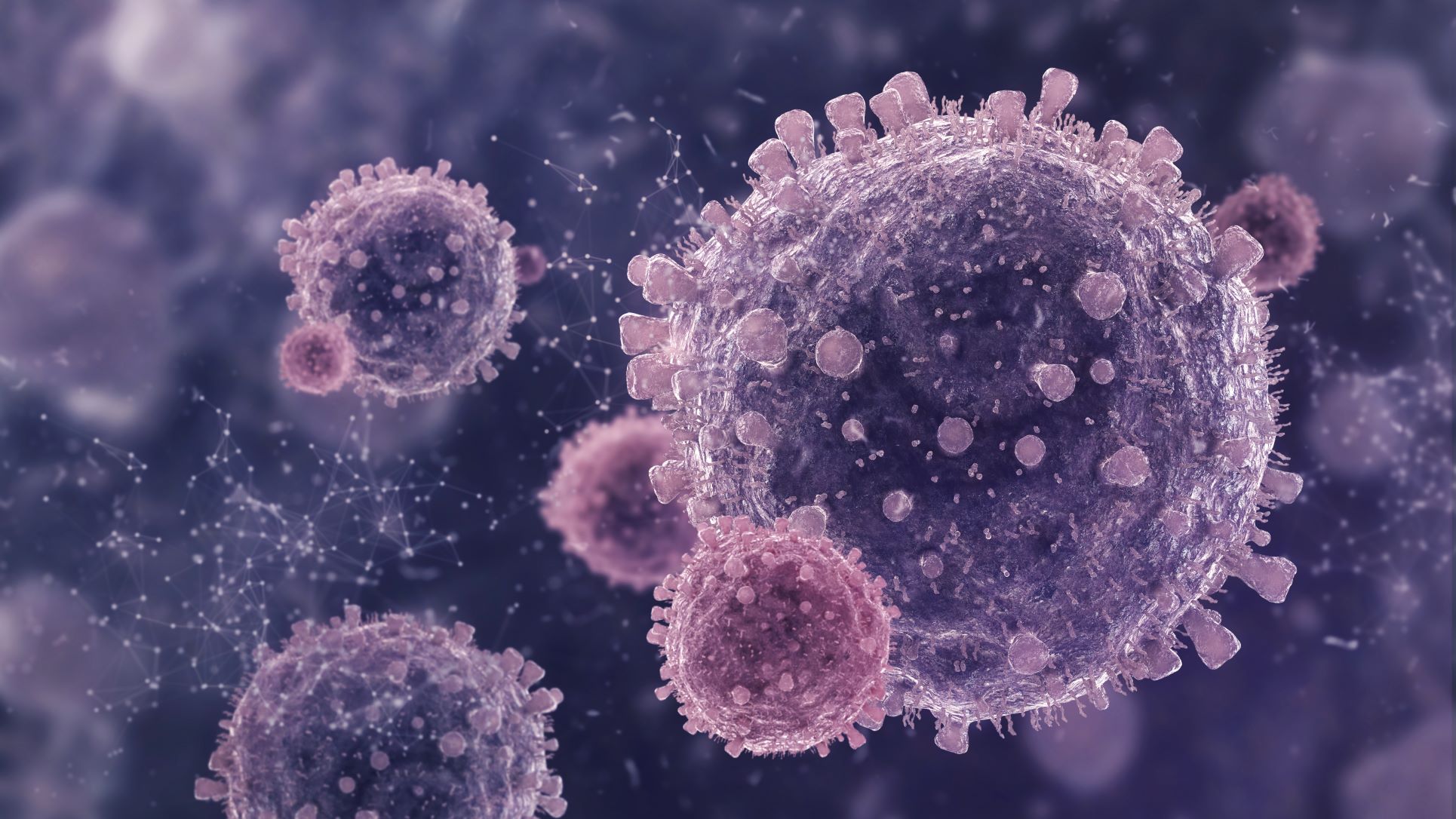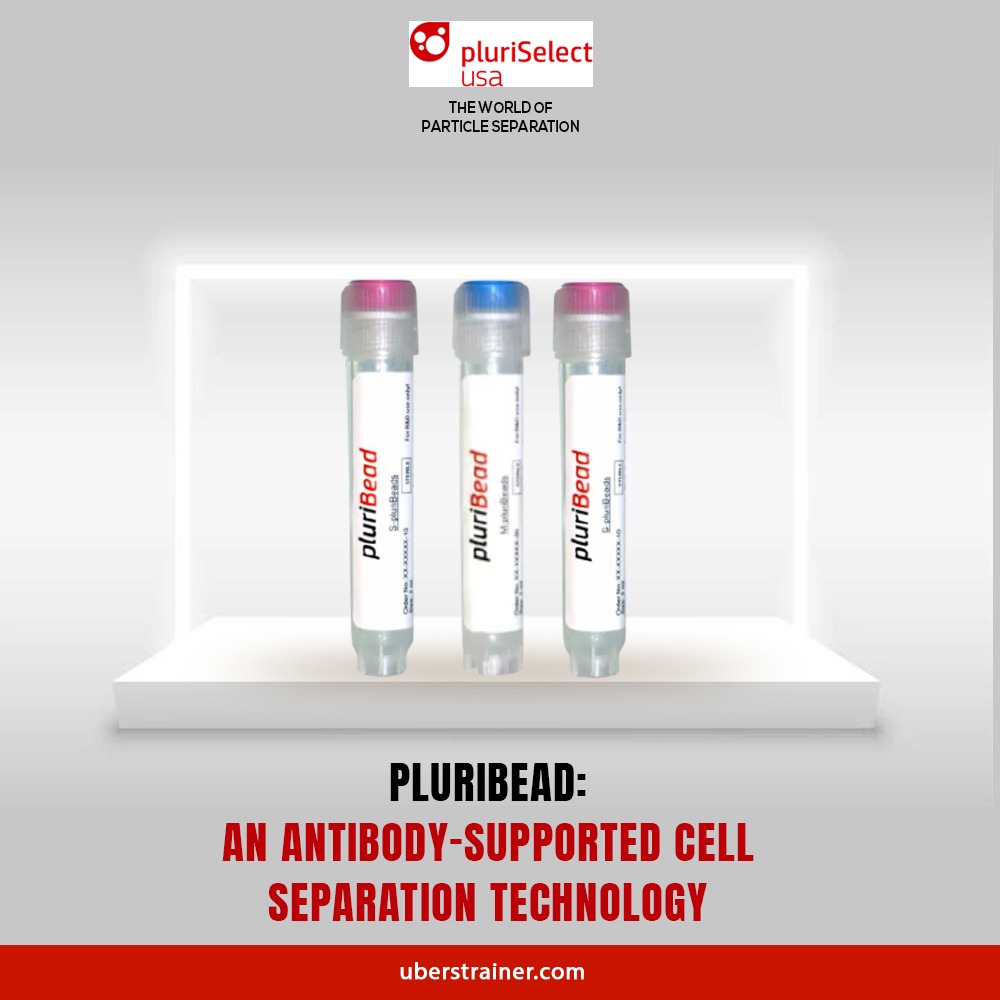B lymphocytes also referred to as CD19 B cells are an immune cell subtype that develops from the common lymphoid progenitor in the bone marrow. B lymphocytes are important in humoral immunity and so is its cell enrichment because they produce antibodies that neutralize microorganisms and initiate signaling pathways for other immune cells.
B cells form in primary lymphoid tissues such as the fetal liver and bone marrow. B cells migrate to the lymph nodes and spleen for functional maturation after initial development.
CD19 B cells, in addition to producing antibodies to fight disease, directly and indirectly, initiate other immune system effector mechanisms. Phagocytosis, obstructing secreted virulence components, activating the complement cascade, and inducing antibody-mediated cellular cytotoxicity are examples of these mechanisms.
B cells also serve as antigen-presenting cells, activating T cells to fight infections.
When a B cell receptor (BCR) binds to antigen epitopes, B cells become activated. This antigen-induced immune response involving B lymphocytes is known as clonal selection. When a B cell is activated, it goes through a clonal expansion process in which the parent cell divides into two daughter cells. As a result, multiple copies of B cells with specificity and binding affinity for the same antigen are produced.
CD19 B Cells Used in Research
CD19 B cells have numerous applications in advanced research:
- Investigating Immune Responses
B cells are commonly used to investigate vaccine candidates that elicit protective antibodies as well as antibody-mediated autoimmune diseases like rheumatoid arthritis and lupus. Scientists are working to develop technologies that use the specificity of BCR-associated and secreted antibodies to study the immune response to disease.
- Cancer Immunotherapy
The CD19 receptor is found in the majority of B-cell cancers. As a result, they significantly contribute to the development of B cell tumors.
- Diagnosing B Cell Lymphomas
The CD19 receptor is regarded as an advanced biomarker for the diagnosis of B cell lymphomas and tumors, so proper technique is essential for their cell enrichment. It is also a potential target for lymphoma therapies.
- Autoimmune Disorders
Autoantibodies are a major cause of autoimmunity. As a result, antibody-producing B cells and their molecular signaling can be studied, and they are specifically targeted as a potential target for treating autoimmune diseases.
Pluribeads
The flow-through contains no antibody-bound beads and can be used to further enrich positive or negative cells. PluriBead cell enrichment can be performed without the need for whole blood preparation. When cells are isolated directly from whole blood, the contamination with unbound cells, in particular platelets or erythrocytes, is very low. Positive separation is more efficient, less expensive, and yields higher purity.
Using particular antibodies, PluriBead cell isolation binds directly to the target cells. The cells will “touch” the targeting antibody. The target cells can be released from the beads by cleavage between the pluribead and the antibody after isolation using pluristrainers with mesh sizes smaller than the pluribeads. The antibody is present on the cell membrane.
Read More: Importance Of Cell Separation And The Different Approaches
Key features of Pluribead
- No Sample Preparation: Use a sample volume of 200 l – 45 ml without gradient centrifugation, erythrolysis, or other procedures.
- Use any sample material: whole blood, buffy coat, PBMC, secretion/excretion material, brain homogenate, spleen, liver, and so on.
- Can be used on a Huge Range of Species: Isolate from humans, mice, rats, bovines, canines, sheep, and other species.
- Fast Isolation: Cell separation can be started in five minutes
- Gentle Isolation: A high yield of viable cells reduces the amount of sample required.
- Universal pluriBeads: can be used with any external antibody.
- Simultaneous Cell Isolation Using PluriBead Cascade: Separate two different cell types from the same sample material at the same time.
- Sequential Cell separation: Isolate up to six different targets from a single sample using sequential cell isolation.
Two Different Bead Sizes Available
- S-pluriBead: For a few targets in a large sample volume, S-pluriBead (e.g. CTC).
- M-pluriBead: A versatile material that can be used for a large number of targets (e.g. buffy coat)
PluriStrainer
In many laboratory applications where liquid filtration and purification are necessary, the PluriStrainer is a sieving tool used (or cell strainer). An inverted PluriStrainer can be used to recover the sieved material, and the device’s stackability enables direct filtration using a variety of mesh sizes. For large sample volumes, it can be used in conjunction with a funnel.
It is compatible with all popular brand 50 mL conical centrifuge tubes. The pluriStrainer and Connector Ring work together to enable low-pressure usage, which supports filtration. Additionally, the liquid can be held back on top of the mesh by blocking the flow through the sieve. For sample preparation and incubation, such as tissue dissociation or the treatment of cells with cell lysis agents, the liquid on top of the mesh can be used (e.g. Buffer RLT, TRIzol).
- Getting a true single cell suspension after enzymatic mammary tissue and organoids digestion
- Combining enrichment of particular target cells with our pluribead cell isolation technology
- Getting cells from the thymus, pancreas, lymph nodes, or bone marrow
- Coagulum from the buffy coat or whole blood removal
- Primary cell filtration in cell culture
- Enrichment and cleaning of spheroids or cell aggregates
- real single cell suspension preparation for flow cytometry
- real single cell suspension preparation for enrichment using magnetic cell separation
- Alternative to gauze filtration
- Enrichment of plant seeds
- Filtration of urine, sputum or lavage
- Enrichment of parasite eggs
Read More: What is the role of Pluribead in monocyte isolation for dendritic cell maturation
PluriBead Principle
- Mixing: The PluriBead is added to the sample material.
- Incubation: Target cells bind to pluriBead.
- Separation: PluriStrainer, a cell strainer, is used to remove unwanted cells while allowing bound target cells to float to the top.
- Detachment: The targeted cells are removed from the bead and passed through a brand-new sieve into a collection tube.
Want to Learn More?
Visit our website to learn more about our unique cell enrichment products. Our goal is to provide you with high-quality products and the best services possible, ensuring that your experiments are hassle-free from the shopping experience to the completion of your experimental work.
 English
English French
French
 German
German
 Spanish
Spanish
 Belgium
Belgium
 Italian
Italian Brazil
Brazil Chinese Mandarin
Chinese Mandarin




